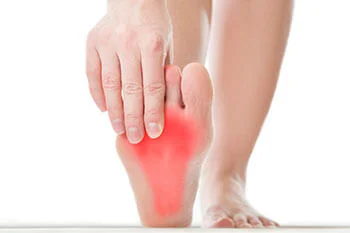Table of Contents
What Are Peroneal Tendons?
Injury to the Peroneal Tendons
Symptoms of Peroneal Tendon Injury
Diagnosis
Nonsurgical Treatment
- Immobilization-usually with either a cast, cast boot, or ankle brace depending on severity and acuity.
- Orthotics- can be very helpful in rebalancing the foot and taking stress off of the peroneal tendons
- Icing- powerful at reducing inflammation.
- Anti-inflammatory medication- also effective at reducing inflammation
- Physical therapy- often very helpful in rehabilitation after a peroneal tendon injury
Surgical Treatment
Not everyone with a torn peroneal tendon needs surgery. The tears that occur in these tendons tend to be longitudinal and rarely rupture. If there is a tear in the peroneal tendons that does not improve with conservative treatment, surgery may be considered.
Tendon tears are sometimes repaired alone, but if the damage is too extensive the tendons are then sewn together, called a tenodesis. Sometimes the peroneus longus tendon is released and sewn to the peroneus brevis tendon, called a “personal stop.” This tendon transfer “stops” the peroneus longus tendon from pulling too hard in the case of someone with a high arched foot type. If there is subluxation, usually this must be corrected by deepening the groove or creating a slot in the lateral malleolus. Other underlying conditions may be addressed such as stabilizing ankle ligaments that have been torn from an ankle sprain or procedures that are targeted at correcting a high arch foot so that the stress put on the peroneal tendons is lessened. It is important to recognize the underlying condition that may have led to peroneal tendon trauma so that it can be corrected and the tendon repair will have greater longevity. The recovery time depends on the type of procedure but typically consists of 6 weeks in a non-weightbearing cast followed by transition to weightbearing in a cast boot. Physical therapy is usually recommended for rehabilitation after surgery.


